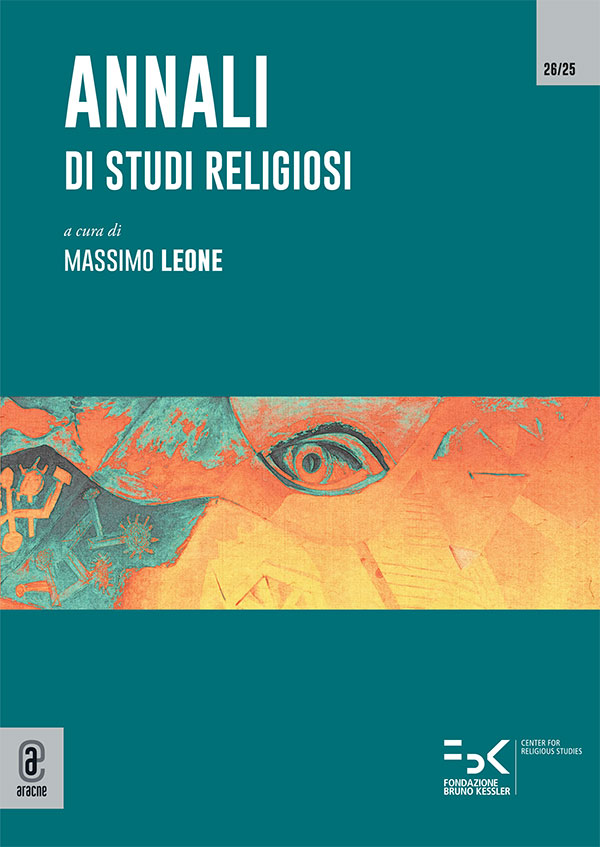DOI: 10.53136/979122182156710
Pagine: 189-211
Data di pubblicazione: Ottobre 2025
Editore: Aracne
SSD:
M-DEA/01
The article explores two geometric and sacred forms — the square and the circle — and the theoretical and methodological vocabulary derived from and enabled by them through two distinct semiotic paradigms, inaugurated by Algirdas J. Greimas and Juri Lotman. Starting from the mystical and mathematical axiom of “squaring the circle”, I reflect on the extent to which the form and vocabulary adopted by a theory determine what worldviews, as well as what forms of analysis are enabled (or interdicted) by it. Utilising Greimas’s and Lotman’s postulates as its case study, the article reflects on the traces of cosmologies, mystical, hermetic, and religious principles contained in the representations adopted by these theories. Furthermore, through the theoretical leaps demonstrated in Greimas’s work De l’imperfection and Lotman’s image of the explosion, the article outlines an argument for what could be the firmament of the Semiotic theory: a holistic approach in which the spherical and plane aspects of phenomena can be integrated into analysis. Beyond the goal of falsifying competing theories, this proposition aims to reflect on the union of forms, striving to weave in connections that permit analyses contemplating both the planar and spherical aspects of our discourses and other meaning–making manifestations.
L’articolo esplora due forme geometriche e sacre — il quadrato e il cerchio — nonché il vocabolario teorico e metodologico da esse derivato e da esse reso possibile, attraverso due distinti paradigmi semiotici inaugurati rispettivamente da Algirdas J. Greimas e Juri Lotman. A partire dall’assioma mistico e matematico della “quadratura del cerchio”, si riflette sulla misura in cui la forma e il lessico adottati da una teoria determinano non solo le visioni del mondo che essa rende accessibili, ma anche le forme di analisi che essa abilita o interdice. Prendendo come caso di studio i postulati di Greimas e Lotman, l’articolo indaga le tracce di cosmologie, principi mistici, ermetici e religiosi contenute nelle rappresentazioni adottate da tali teorie. Inoltre, attraverso i salti teorici presenti in De l’imperfection di Greimas e nell’immagine dell’esplosione di Lotman, si delinea un’ipotesi di quello che potrebbe configurarsi come il firmamento della teoria semiotica: un approccio olistico, in cui gli aspetti sferici e planari dei fenomeni siano integrabili nell’analisi. Al di là dell’obiettivo di falsificare teorie concorrenti, questa proposta mira a riflettere sull’unione delle forme, cercando di intessere connessioni che consentano analisi capaci di contemplare congiuntamente gli aspetti planari e sferici dei nostri discorsi e delle altre manifestazioni di senso.


